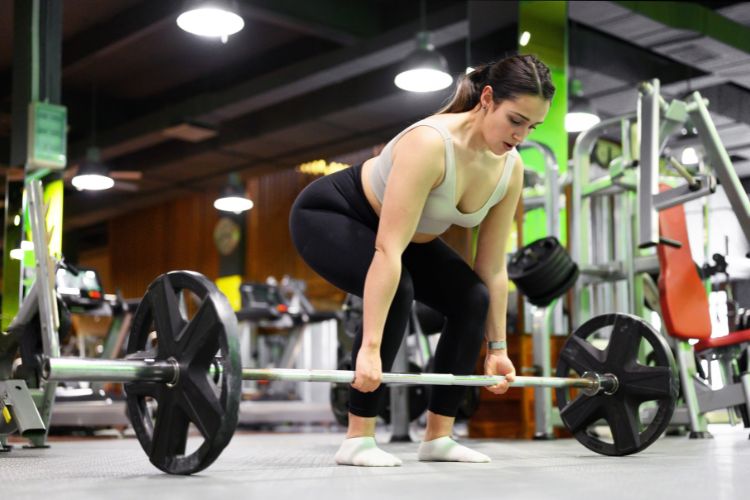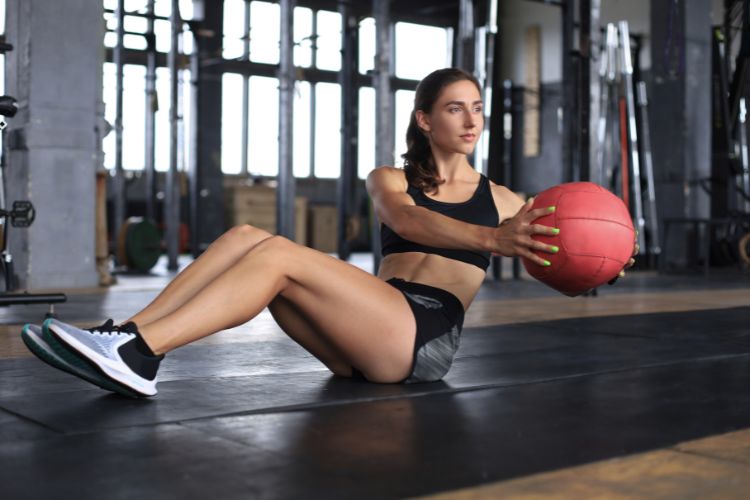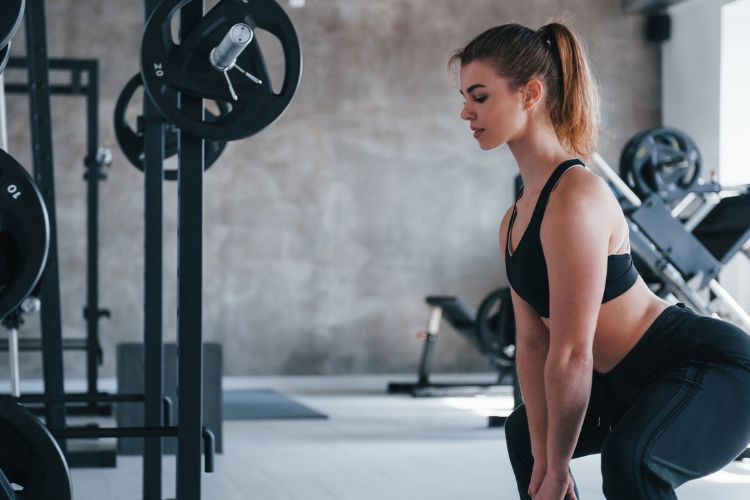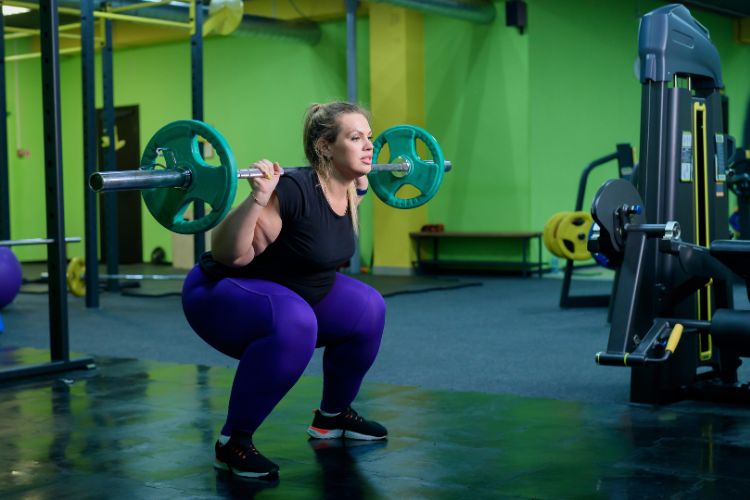Sign up for workout ideas, training advice, reviews of the latest gear and more.






Embarking on a fitness journey can be daunting, especially for women who are overweight or obese. However, it’s important to remember that fitness is not a one-size-fits-all endeavor. Every body is different, and what works for one person may not work for another. This guide is designed to provide fat women with effective, safe, and sustainable workout options that cater to their unique needs. The goal is not just weight loss, but overall health, strength, and confidence.
Exercise is crucial for everyone, but it holds particular significance for fat women. Regular physical activity can help reduce the risk of chronic diseases such as heart disease, diabetes, and certain cancers. It also improves mental health, boosts energy levels, and enhances overall quality of life. For fat women, exercise can also help in managing weight, improving mobility, and building self-esteem.
Before diving into any workout regimen, it’s essential to set realistic and achievable goals. Weight loss should not be the sole focus; instead, aim for improvements in strength, endurance, flexibility, and overall well-being. Setting small, incremental goals can help maintain motivation and prevent burnout.
Walking is one of the most accessible and effective forms of low-impact cardio. It requires no special equipment and can be done almost anywhere. Start with short, manageable distances and gradually increase the duration and intensity. Walking not only burns calories but also improves cardiovascular health and strengthens the lower body.
Swimming is another excellent low-impact exercise that is easy on the joints. It provides a full-body workout, engaging multiple muscle groups while improving cardiovascular fitness. The buoyancy of water reduces the risk of injury, making it an ideal option for fat women.
Strength training is crucial for building muscle, which in turn boosts metabolism and aids in fat loss. Bodyweight exercises like squats, lunges, and modified push-ups are great for beginners. These exercises can be done at home and require no equipment, making them convenient and accessible.
Resistance bands are versatile tools that can add intensity to your strength training routine. They are particularly useful for fat women as they provide resistance without putting too much strain on the joints. Exercises like banded squats, rows, and chest presses can help build strength and improve muscle tone.
Yoga is an excellent way to improve flexibility, balance, and mental well-being. There are various styles of yoga, so it’s important to find one that suits your fitness level. Gentle or restorative yoga can be particularly beneficial for fat women, as it focuses on slow, controlled movements and deep breathing.
Incorporating stretching into your routine can help improve mobility and reduce the risk of injury. Focus on stretching major muscle groups like the hamstrings, quadriceps, and shoulders. Stretching should be done after a workout when the muscles are warm.
HIIT involves short bursts of intense exercise followed by periods of rest or low-intensity exercise. While traditional HIIT can be challenging for fat women, modified versions can be just as effective. For example, alternate between 30 seconds of brisk walking and 30 seconds of slow walking. This approach allows you to reap the benefits of HIIT without overexerting yourself.
Circuit training involves performing a series of exercises back-to-back with minimal rest in between. This type of workout can be tailored to your fitness level and can include a mix of cardio and strength exercises. For fat women, circuit training can be an efficient way to burn calories and build strength.
Aim for at least 150 minutes of moderate-intensity aerobic activity or 75 minutes of vigorous-intensity activity per week, as recommended by the American Heart Association. This can be broken down into 30-minute sessions, five days a week. Incorporate strength training exercises at least two days a week, focusing on all major muscle groups.
As your fitness level improves, it’s important to gradually increase the intensity and duration of your workouts. This can be done by adding more resistance, increasing the number of repetitions, or extending the duration of your cardio sessions. Listen to your body and make adjustments as needed to avoid injury and burnout.
Rest and recovery are crucial components of any workout routine. Overtraining can lead to fatigue, injury, and decreased performance. Make sure to include rest days in your schedule and prioritize sleep, hydration, and nutrition to support your body’s recovery process.
Joint pain is a common issue for fat women, particularly in the knees and hips. Low-impact exercises like swimming, cycling, and yoga can help reduce the strain on your joints. Additionally, wearing supportive footwear and using proper form during exercises can minimize the risk of injury.
Staying motivated can be challenging, especially when progress seems slow. Setting small, achievable goals and tracking your progress can help maintain motivation. Surround yourself with a supportive community, whether it’s friends, family, or an online fitness group. Celebrate your achievements, no matter how small they may seem.
Finding time to exercise can be difficult, especially with a busy schedule. Incorporate physical activity into your daily routine by taking the stairs instead of the elevator, walking during lunch breaks, or doing short workout sessions at home. Remember, even small amounts of exercise can add up over time.
Exercise alone is not enough to achieve optimal health; nutrition plays a crucial role as well. Focus on a balanced diet that includes a variety of fruits, vegetables, lean proteins, whole grains, and healthy fats. Avoid processed foods, sugary drinks, and excessive amounts of unhealthy fats.
Staying hydrated is essential for overall health and exercise performance. Aim to drink at least 8 cups of water a day, and more if you’re engaging in intense physical activity. Proper hydration helps regulate body temperature, lubricate joints, and transport nutrients throughout the body.
Exercise can significantly impact your mental health and self-esteem. Celebrate your progress and focus on how exercise makes you feel, rather than just how it makes you look. Building confidence takes time, but with consistent effort, you’ll start to see positive changes in both your physical and mental well-being.
Exercise is a powerful tool for managing stress. Physical activity triggers the release of endorphins, which are natural mood lifters. Incorporate stress-relieving activities like yoga, meditation, or deep breathing exercises into your routine to enhance your overall well-being.
Don’t hesitate to seek support from professionals like personal trainers, nutritionists, or therapists. They can provide personalized guidance and help you navigate any challenges you may face on your fitness journey. Remember, you don’t have to do it alone.
Embarking on a fitness journey as a fat woman can be challenging, but it’s also incredibly rewarding. By incorporating a variety of low-impact cardio, strength training, flexibility, and HIIT exercises into your routine, you can improve your overall health and well-being. Remember to set realistic goals, listen to your body, and prioritize rest and recovery. With consistency, patience, and a positive mindset, you can achieve your fitness goals and build a healthier, happier life.
Fitness is a lifelong journey, and it’s important to approach it with a mindset of self-love and acceptance. Celebrate your progress, no matter how small, and remember that every step you take towards a healthier lifestyle is a victory. You are capable, strong, and deserving of a life filled with health and happiness. So lace up those sneakers, grab a water bottle, and take that first step towards a better you.
Stay up to date on the latest women’s health, fitness and lifestyle trends and tips.